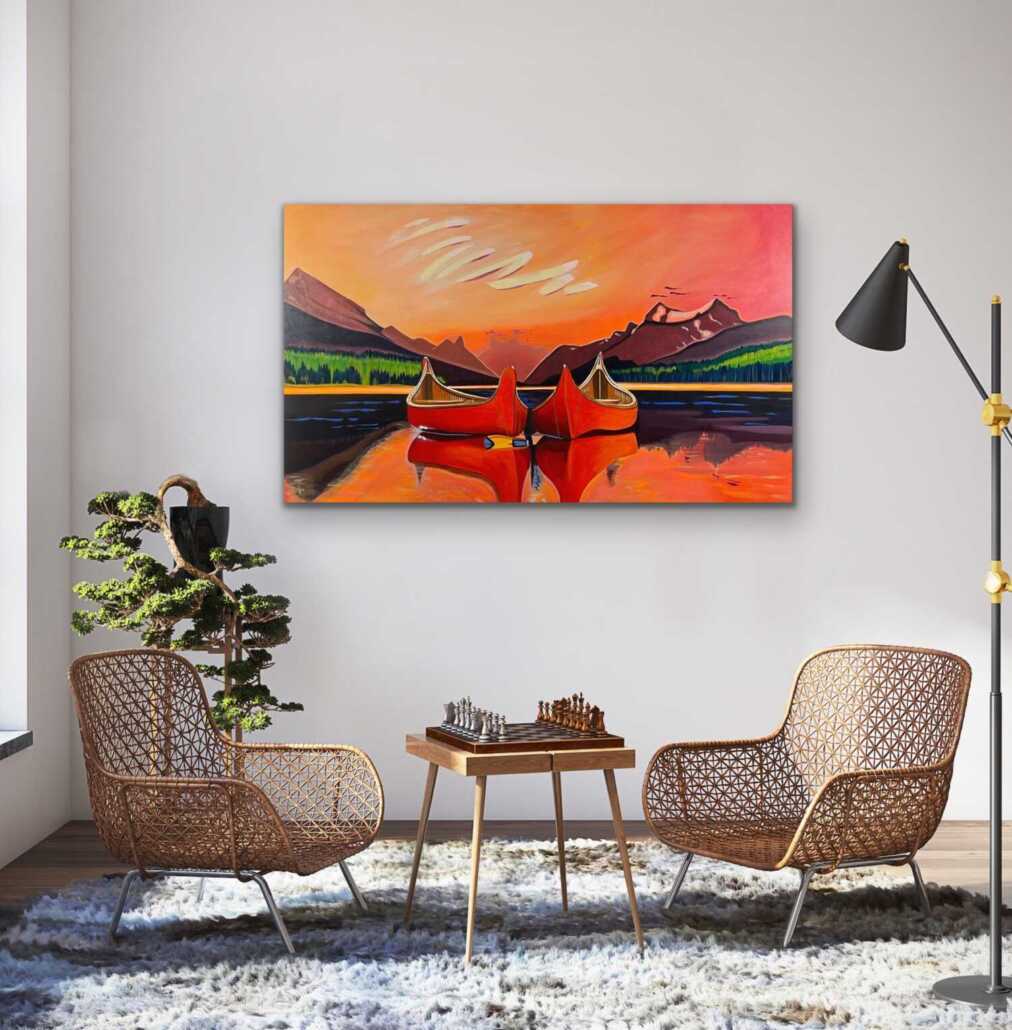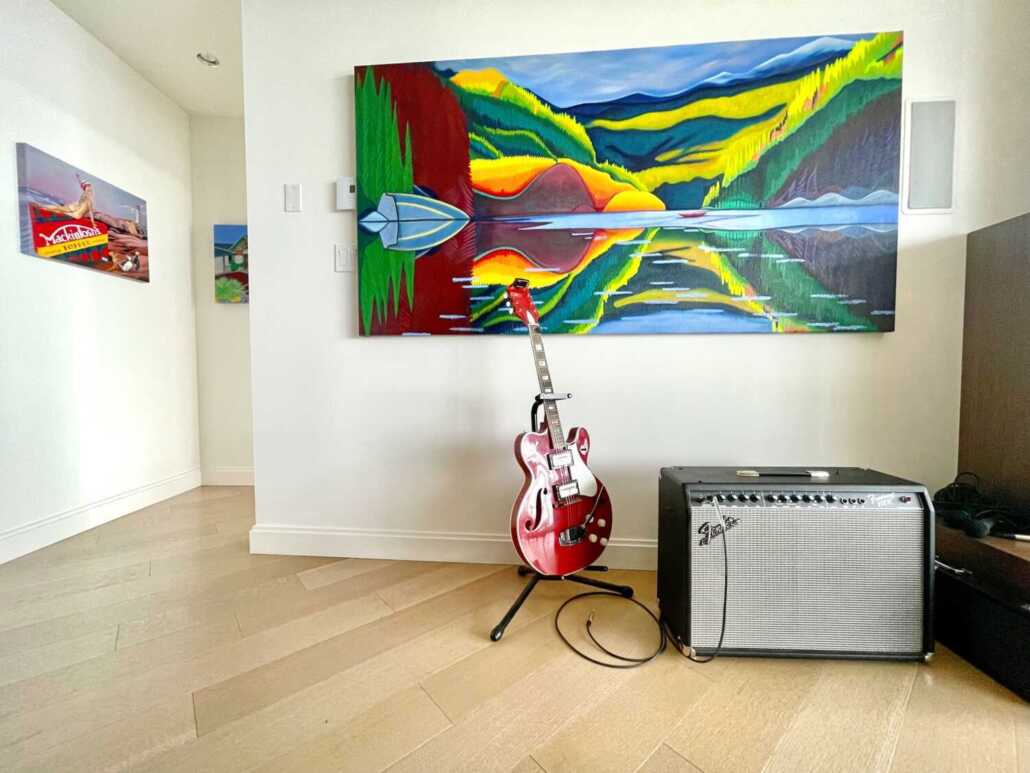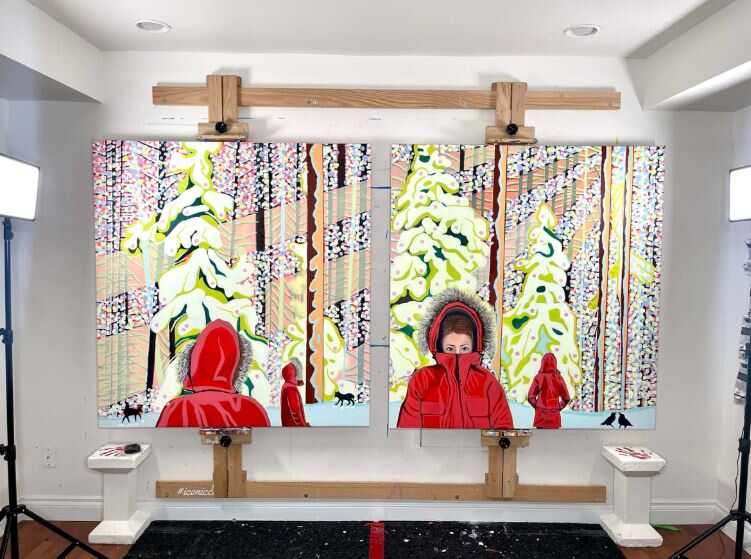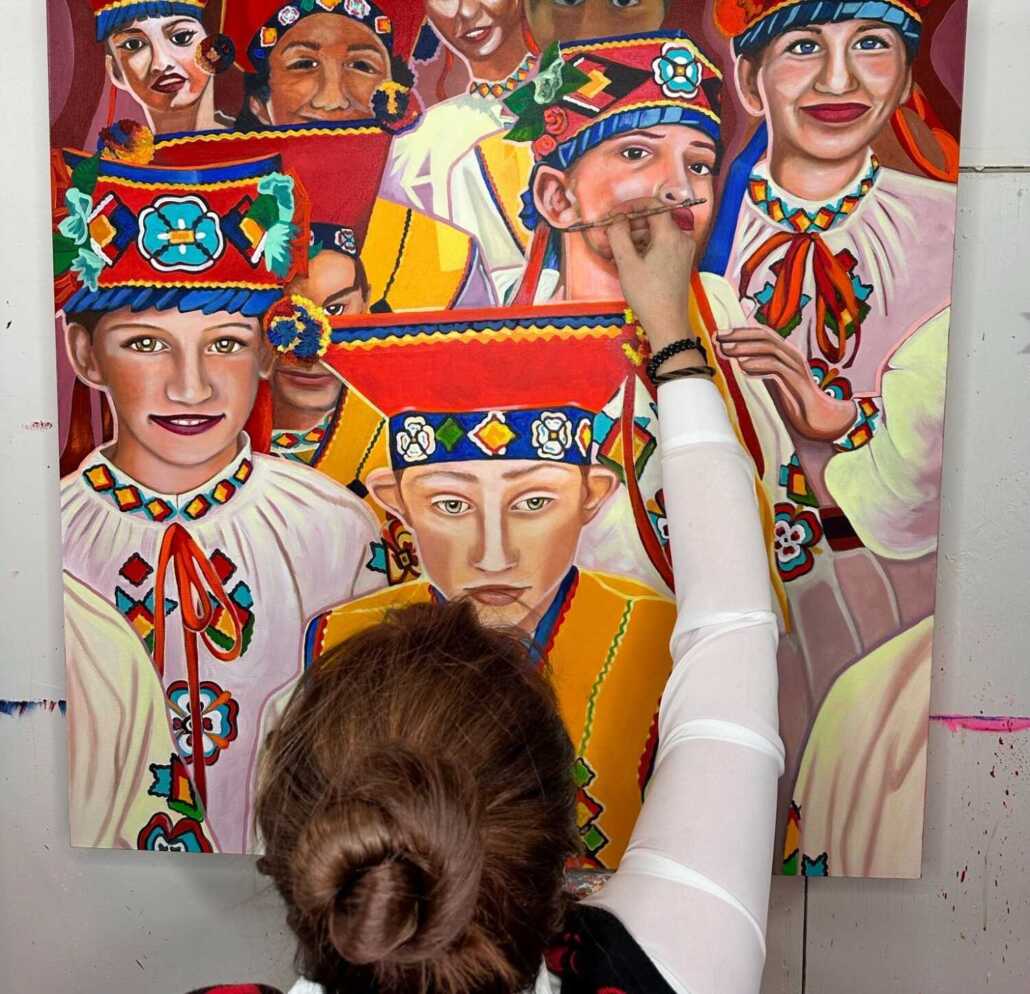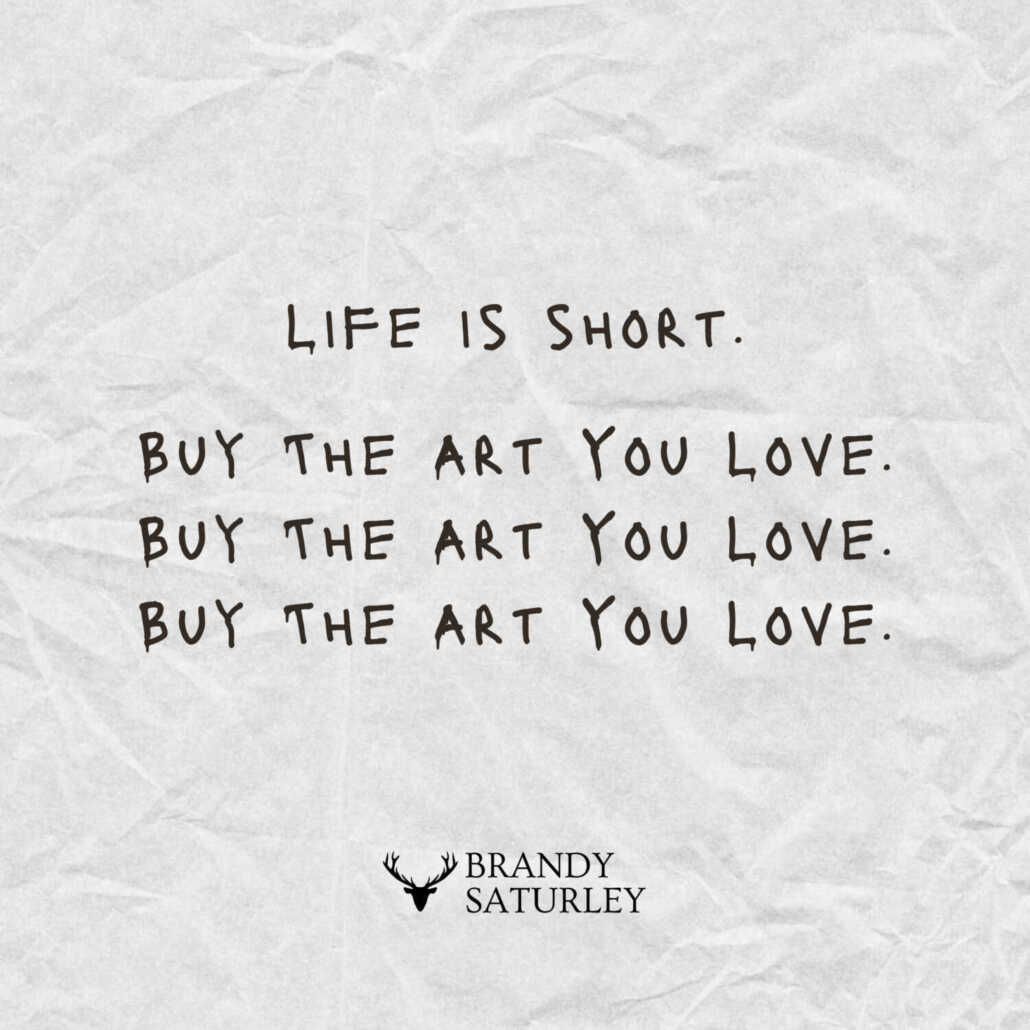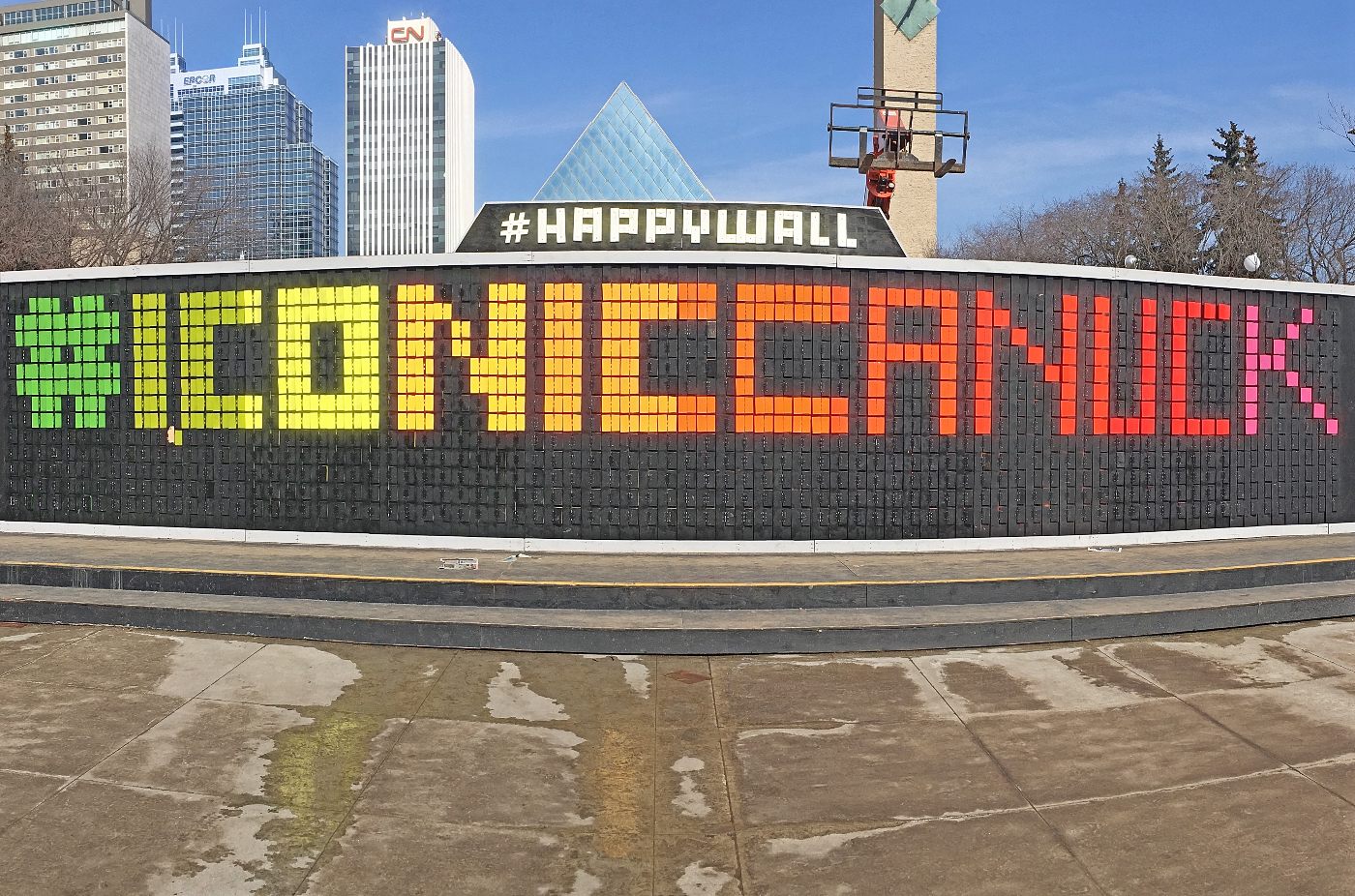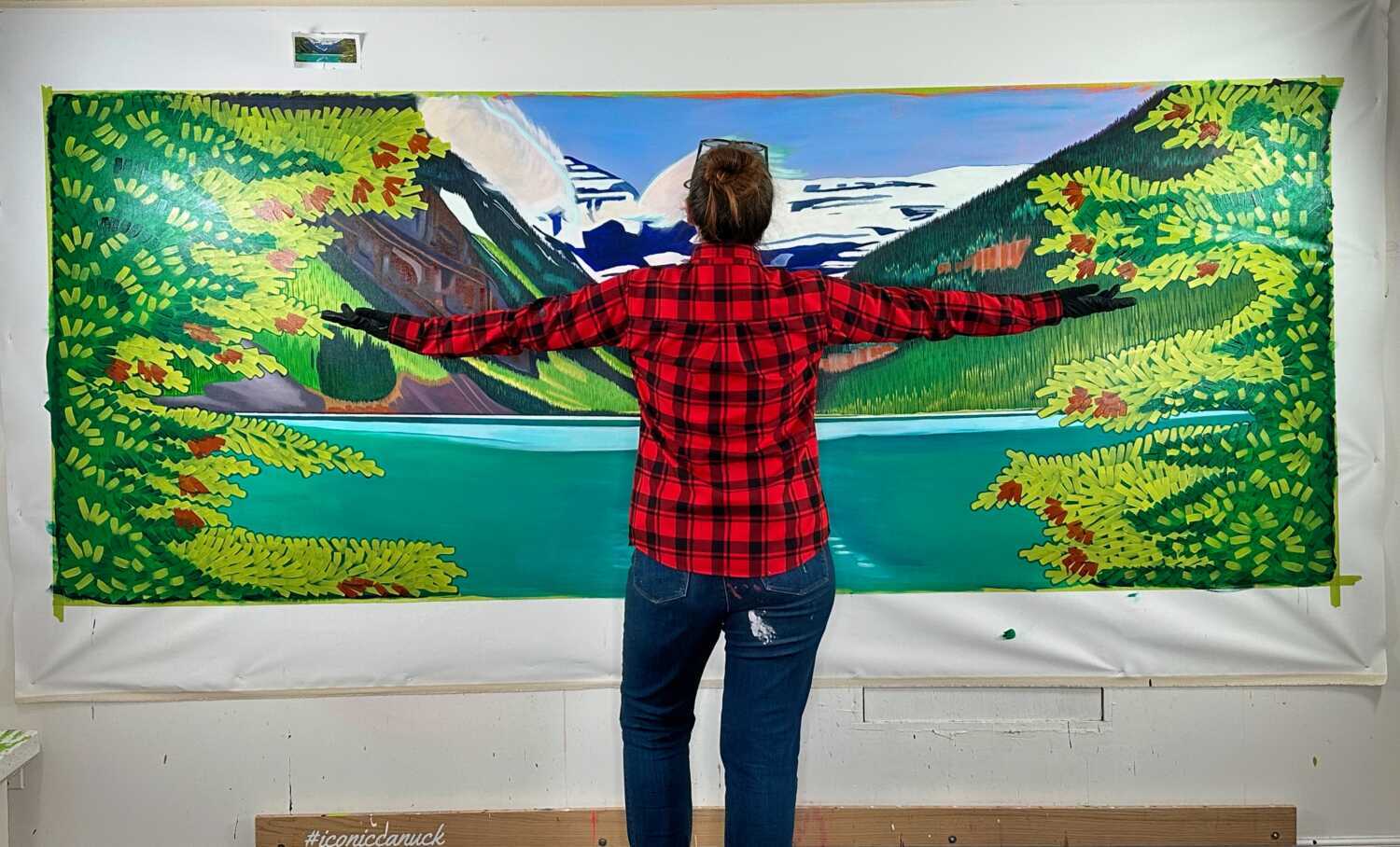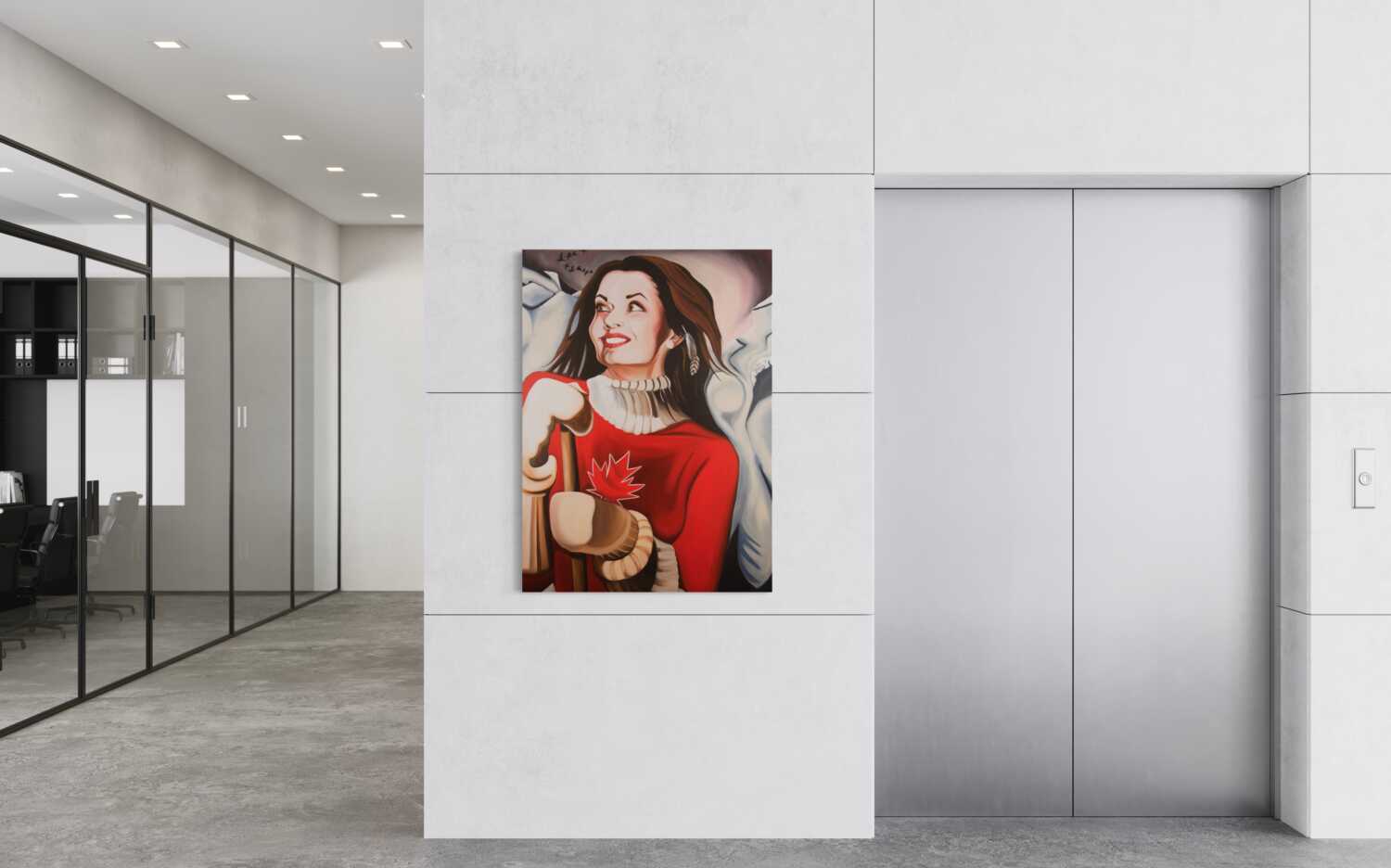Navigating Art Commission Etiquette
Navigating Art Commission Etiquette: A Guide for Clients and Artists
Embarking on an art commission journey can be an exciting and fulfilling experience, both for clients seeking unique pieces and for artists eager to bring visions to life. However, like any collaboration, it requires a delicate dance of communication and respect. Here’s a guide to navigating art commission etiquette that ensures a smooth and enjoyable process for both parties involved.
Firstly, when reaching out to an artist, it’s crucial to be clear and concise in your initial contact. Provide a brief introduction, express your interest in their work, and outline the basic details of your project. Artists appreciate specific inquiries, so include information about the size, medium, and any particular elements you have in mind. Respect their time by being upfront about your budget, allowing them to determine if the project aligns with their pricing structure.
When describing your project, strike a balance between conveying your vision and giving the artist creative freedom. Share your ideas, inspirations, and any specific elements you’d like to see incorporated, but also encourage the artist to bring their unique perspective to the table. This collaboration often yields the most captivating and personal pieces of art.
On the flip side, there are certain pitfalls to avoid when approaching an artist. One common mistake is expressing interest in purchasing a specific existing piece and then changing gears to request a custom project. This can be frustrating for artists who may have invested time and energy into creating unique and distinctive works of art true to their vision, which is what makes you interested in their work in the first place. To prevent misunderstandings, be clear from the beginning about your intentions and the type of artwork you are seeking.
In essence, successful art commission etiquette revolves around clear communication, mutual respect, and a willingness to collaborate. By fostering an open dialogue and appreciating the artist’s creative process, clients and artists can ensure a positive and rewarding experience that results in a one-of-a-kind masterpiece.
Some painters thrive and survive through a robust commission business. These artists are more commercially oriented, often creating work to meet the needs of interior designers or to adorn empty walls with aesthetically pleasing pieces. Frequently, these artists offer affordable and easily produced works to satisfy a specific market.
Artists like myself, however, produce bodies of work that stay true to our distinctive vision. These meticulously developed artworks require time and dedication to fulfill the artist’s unique perspective. Commissioning this type of artist may come at a higher price, as they invest time away from their usual creations to craft something custom to meet a client’s specifications. Due to their commitment to their vision, some artists may insist that clients first purchase from their existing body of work, demonstrating a vested interest in the artist’s established style. Consequently, this type of artist typically takes on very few commission projects in a year.
As requests for commissions are rapidly increasing, I find myself navigating numerous inquiries for custom pieces. My personal rule is to prioritize requests from existing collectors. This decision is rooted in the understanding that these collectors are already invested in my work and appreciate my painting style and message. By painting something custom for them, I am confident they comprehend my artistic identity and what to expect. It’s almost as if I prefer to engage in ‘reverse commissions.’ For instance, a collector occasionally shares photos with me, and if I find myself enamored with the image or the story behind it, I feel inspired to create. This resonates with the quote, ‘If an artist falls in love with you, you can never die,’ emphasizing the importance of painting what one genuinely loves.
Navigating Art Commission Etiquette: several factors can deter a serious artist from accepting a commission
1. Asking the artist to replicate the style of another artist you admire.
2. Expressing interest in purchasing a specific painting but then changing direction to request something tailored to fit a specific space.
3. Indicating that while you love the artist’s work, your interior designer requires something to match furniture.
4. Revealing that you recently spent a substantial amount on another artist and now have a budget significantly less than the artist’s usual pricing.
5. Suggesting that granting your commission request could boost the artist’s career because of your influence in the art world.
Understanding and respecting the artist’s process and vision is key to fostering a positive collaboration. Building an art collection you will enjoy for many years to come, takes time, just like making the art takes time. Invest in art you absolutely love, and express your love of things with the Artist.


